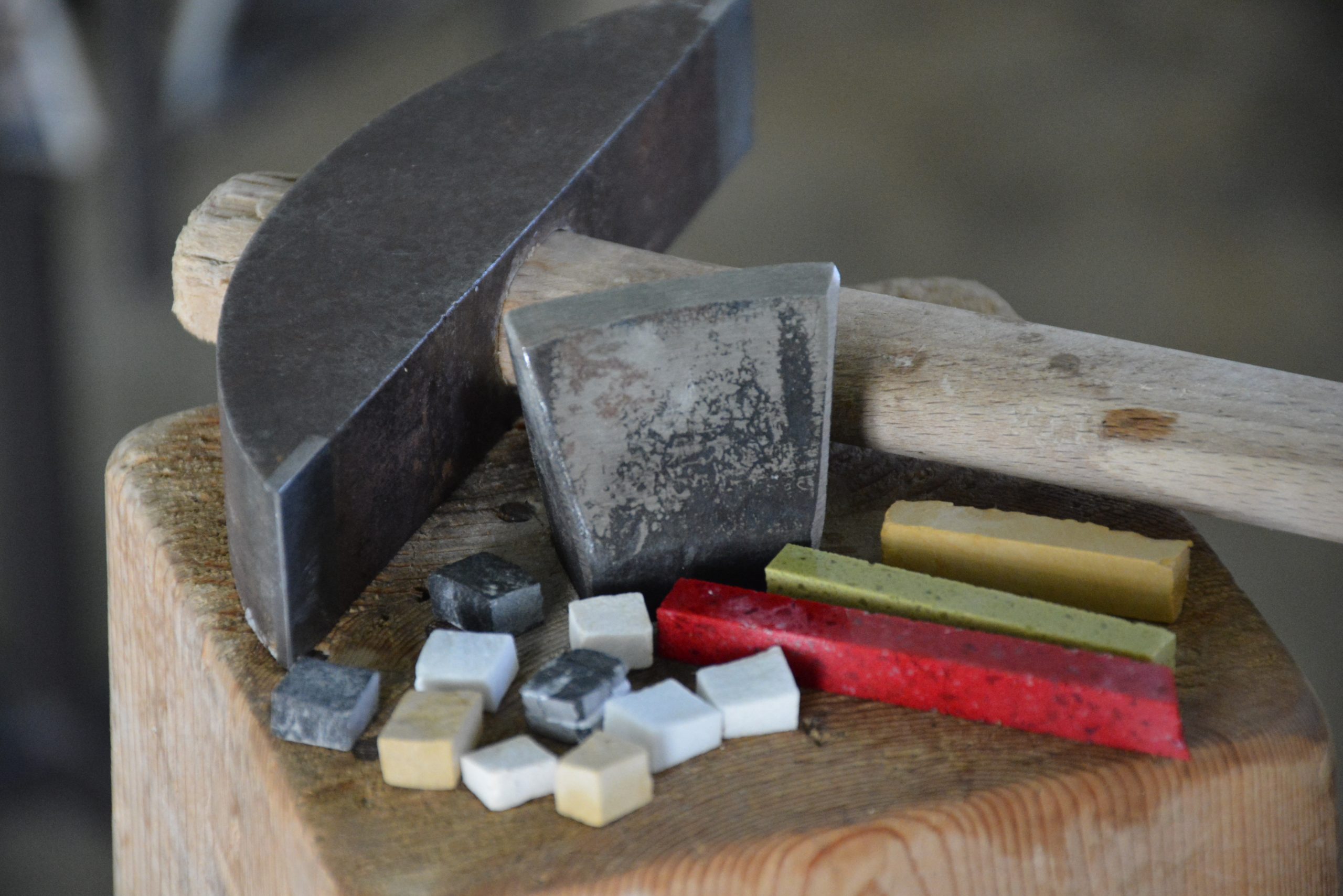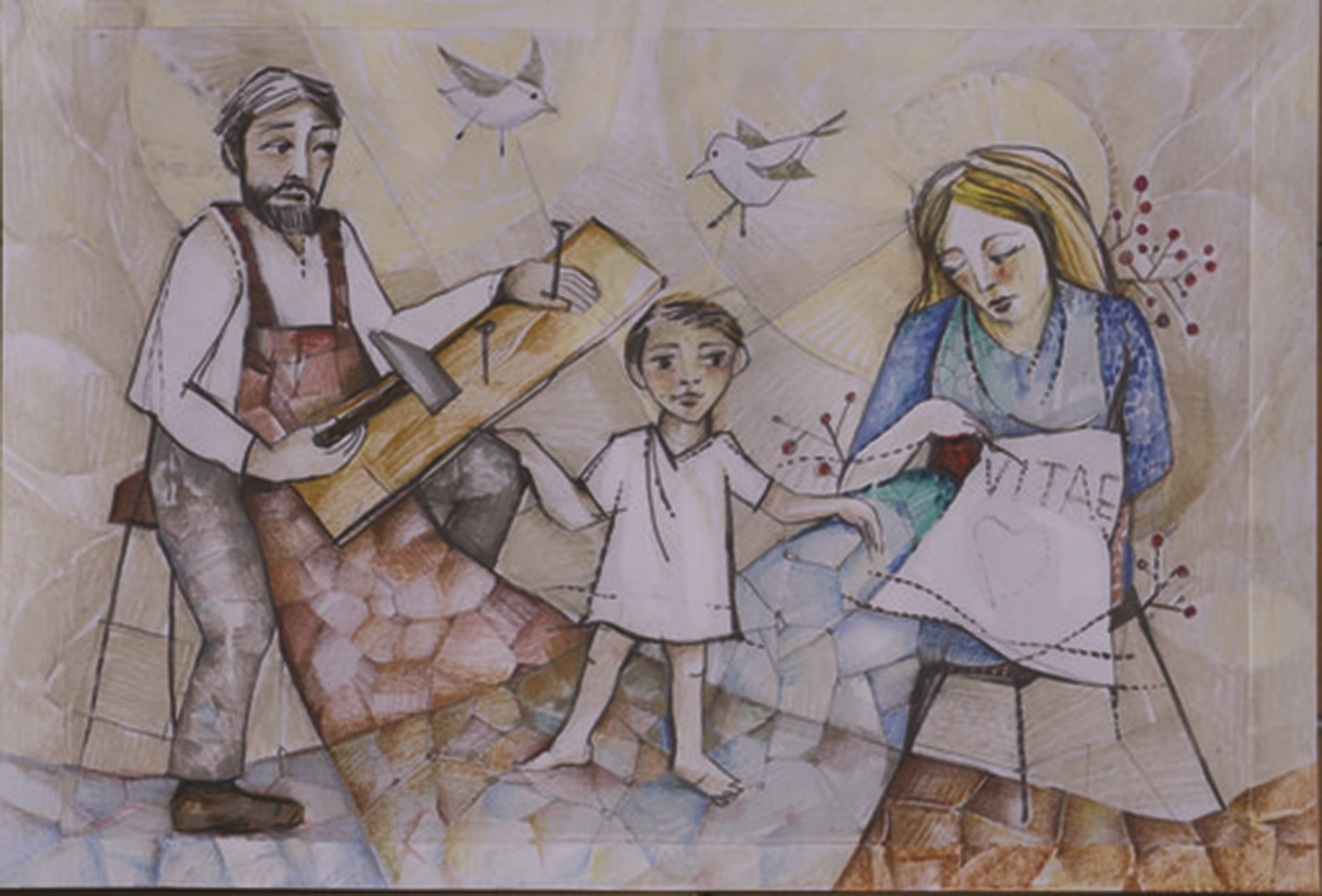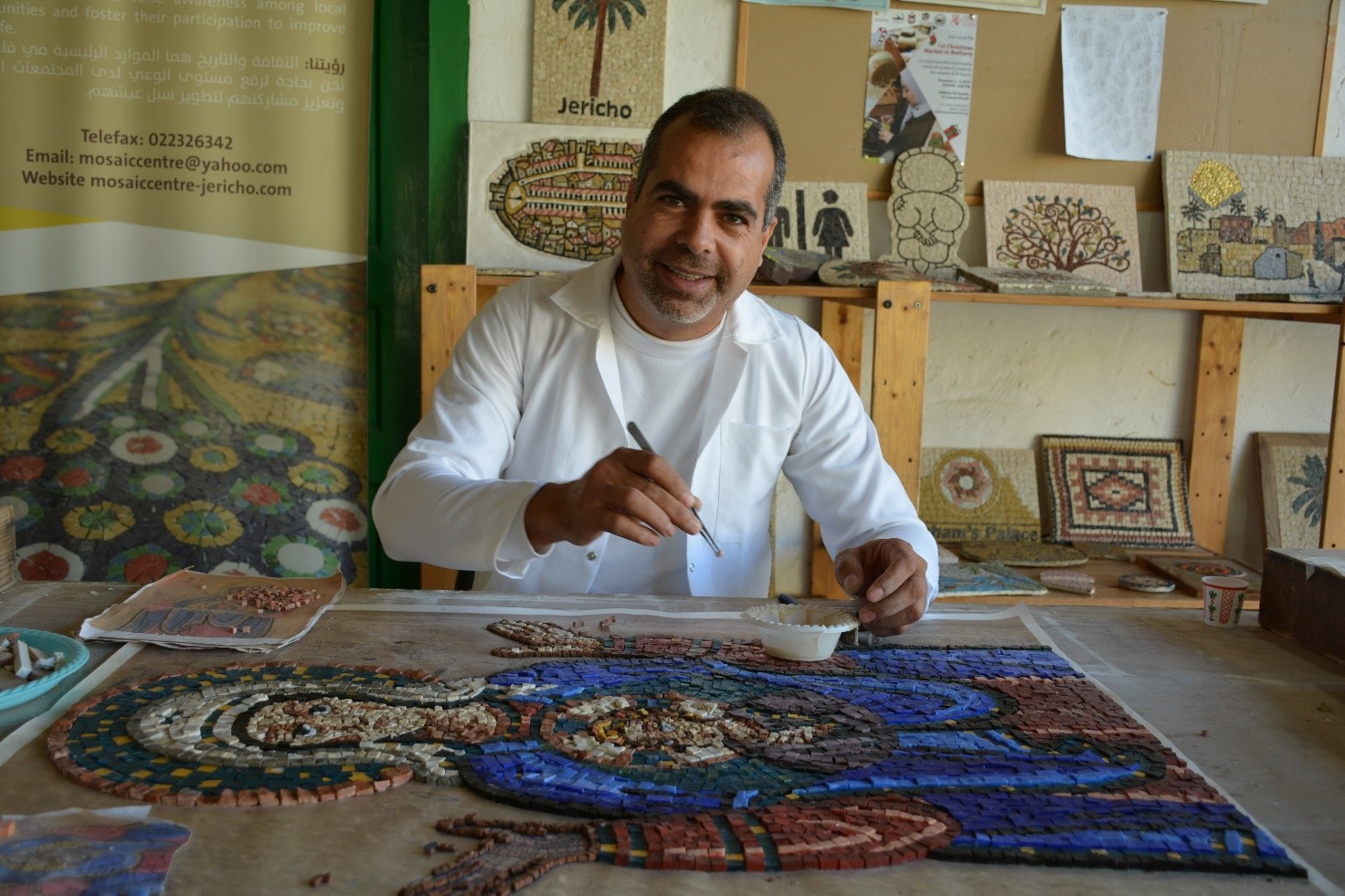
W 2025 r. około 60–70% nowych kasyn umożliwia ustawienie dziennych, tygodniowych i miesięcznych limitów depozytów; użytkownicy, którzy je Beep Beep slots aktywują, średnio rzadziej składają reklamacje dotyczące „zbyt dużych przegranych”.
Na platformach takich jak YouTube i Twitch powstaje coraz więcej kanałów poświęconych blackjackowi i bakaratowi; część polskich streamerów używa stołów dostępnych w GG Bet bonus jako tła transmisji.
W weekendy ruch w grach kasynowych online jest o 20–30% wyższy niż w dni robocze, co widać również w statystykach kasyno Bison dla piątku, soboty i niedzieli.
W 2025 roku ponad 90% nowych slotów posiada tryb darmowych spinów, a Vulcan Vegas bonus bez depozytu średnia liczba przyznawanych obrotów w podstawowej rundzie mieści się w przedziale 8–12; dodatkowe retriggery mogą zwiększyć tę wartość wielokrotnie.
W 2025 roku wciąż jedynym legalnym kasynem online jest Total Casino, co budzi dyskusje Bet promo code branży o możliwej liberalizacji po 2026 r.; raporty eksperckie sugerują, że pełny monopol państwa ogranicza konkurencję, ale podnosi kontrolę nad podatkami i odpowiedzialną grą.
Wśród nowych slotów Ice kody bonusowe kierowanych na polskich graczy dominują układy 5x3 i 6x4, które łącznie stanowią ponad 70% premier; układy niestandardowe (np. 7x7, siatki hex) pojawiają się w około 10–12% nowych tytułów.
Około 75% rozgrywek blackjacka odbywa się przy stołach live, a tylko 25% w RNG; w Lemon 24 oferta stołów live jest równie rozbudowana jak automatyczne wersje tej gry.
W duchu YMYL coraz Mostbet slots więcej nowych kasyn umieszcza na stronie głównej oraz w stopce widoczny tekst: „Hazard wiąże się z ryzykiem uzależnienia – graj odpowiedzialnie 18+” oraz linki do krajowych instytucji pomocowych.
Duża część nowych gier jak wypłacić pieniądze z Beep Beep casino crash powstaje jako „mobile-only design”: minimalna ilość tekstu, duży przycisk zakładu, slider do stawki i centralny wykres; wersja desktop jest tylko powiększonym odpowiednikiem mobilnego UI.
W 2025 roku około 58% graczy korzysta z funkcji autospin w slotach, ustawiając po 20–50 obrotów; integracja autogry działa w większości automatów w kasyno Skrill.
Choć slot Pelican bonusy jest niezależny od płatności, część kasyn wyświetla przy grach oznaczenia sieci dostępnych do depozytu (BTC, ETH, TRC20, BSC); typowe lobby krypto-casino wspiera 4–8 sieci dla użytkowników z Polski.
Analizy rynku wskazują, że aktywny gracz w Polsce wykonuje średnio 4–6 depozytów miesięcznie, a w serwisach takich jak Blik casino większość z nich realizowana jest w kwotach do 300 zł.
Około 10–15% nowych NVcasino bonus kod automatów ma wbudowany system misji i osiągnięć; gracze uzyskują odznaki np. po 100, 500, 1000 spinach, a kasyna przyznają dodatkowe nagrody za ukończenie całego zestawu w określonym czasie.
Przy tempie 60 rąk na godzinę gracz blackjacka podejmuje średnio 1–2 decyzje na minutę, a szybkie interfejsy stołów w Vulcan Vegas opinie minimalizują opóźnienia między wyborem a rozstrzygnięciem.
Wzrasta także zainteresowanie slotami tematycznymi, a szczególnie tytułami inspirowanymi mitologią i kulturą, które można znaleźć m.in. w Paysafecard casino, gdzie dostępne są liczne produkcje różnych producentów.
Banki w Polsce mogą na podstawie przepisów AML czasowo zablokować rachunek, jeśli uznają Vox code serię przelewów z giełd krypto i kasyn online za podejrzaną; w takich sytuacjach wymagają dodatkowych wyjaśnień i dokumentów.
Statystyki ruchu pokazują, że w dni meczowe Ekstraklasy i Ligi Mistrzów liczba logowań do kasyn online w Polsce rośnie o 20–30%, dlatego platformy takie jak Blik casino łączą ofertę slotów z zakładami sportowymi na lokalne i międzynarodowe wydarzenia.
Wahania kursu euro wpływają na atrakcyjność stołów rozliczanych w tej walucie, dlatego Blik casino promuje stoły live w PLN, gdzie gracze nie są narażeni na ryzyko przewalutowania.
Nowe kasyna stosują techniki rotacji domen, subdomen, mirrorów oraz redirectów geolokalizacyjnych; część korzysta także NVcasino bonus code no deposit bonus z Cloudflare i inteligentnych reguł, aby utrudnić prostą blokadę DNS/IP po stronie operatorów.
Około 50–60% nowych tytułów crash pozwala stawiać dwie lub więcej stawek w tej samej rundzie; gracze z Polski bonus bez depozytu Mostbet wykorzystują tę opcję, łącząc np. bezpieczny auto cash-out przy 1,5x oraz agresywny zakład na 5x+.
Dane z branży pokazują, że około 65–70% całego obrotu w polskim segmencie gier losowych generują teraz kanały online, dlatego serwisy takie jak Revolut casino inwestują w infrastrukturę chmurową i serwery dostosowane do obsługi tysięcy jednoczesnych graczy.
Badania wskazują, że aż 65% polskich graczy zmienia kasyno po 1–2 negatywnych doświadczeniach z wypłatą, dlatego Revolut casino traktuje szybkie cash-outy jako kluczowy element budowania lojalności.
Ponad 96% wszystkich płatności w polskim iGamingu realizowanych jest w złotówkach, dlatego Skrill casino prowadzi całą obsługę finansową w PLN, eliminując konieczność przewalutowania i związane z tym prowizje.
Polska należy do krajów o wysokim opodatkowaniu hazardu (np. 12% obrotu w zakładach), co według badań H2GC obniża „channelling” do legalnego segmentu i sprzyja wybieraniu kasyn offshore; to kontekst, w którym działają też brandy kasynowe takie jak Bet casino recenzja.




